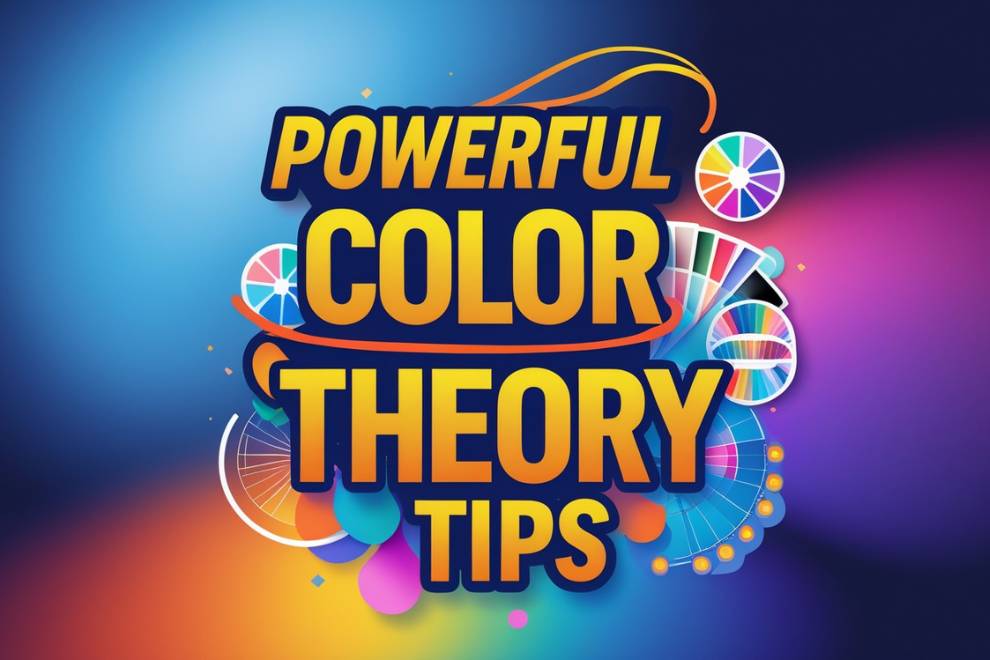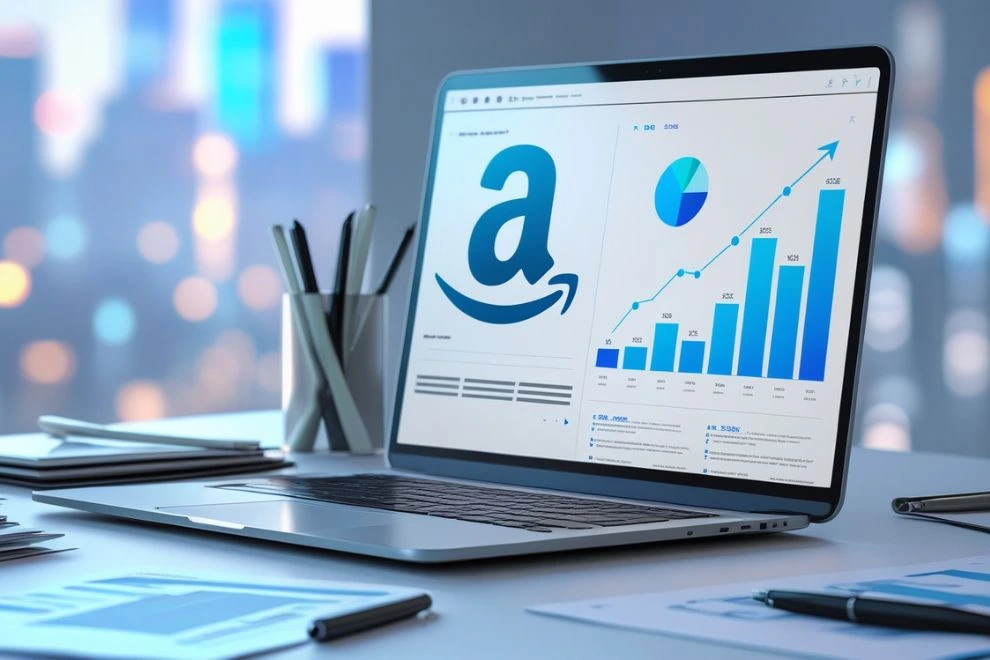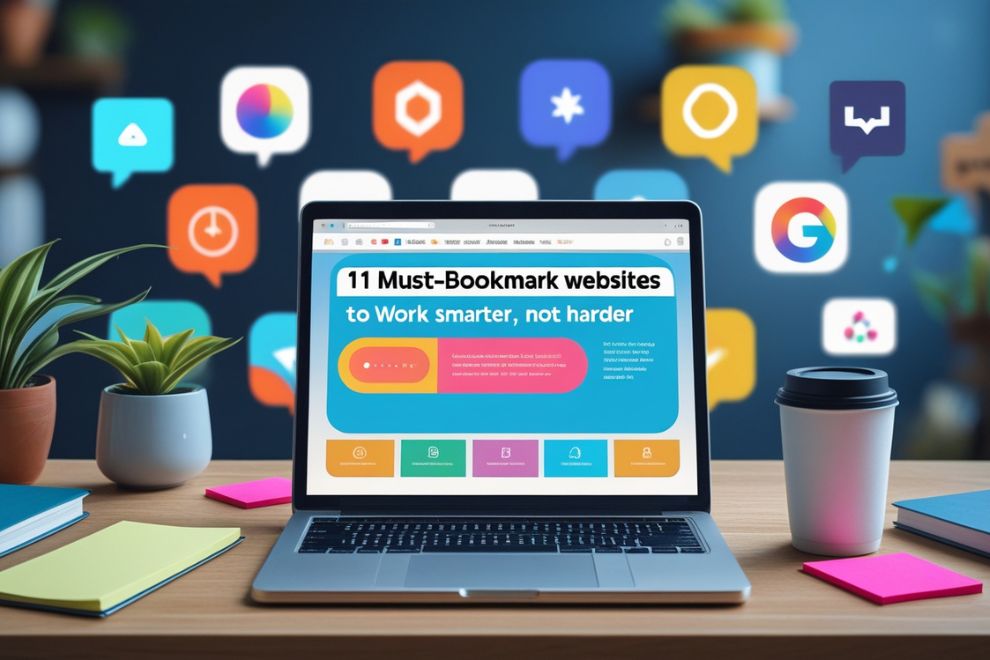10 Ways to Find Your First Digital Marketing Client (Fast & Easy)
Starting your journey as a digital marketer is exciting, but finding your first Digital Marketing Client can feel like a challenge. The good news is that with the right strategies, you can land your first client quickly and easily. Whether you’re a freelancer or starting your own agency, these ten proven methods will help you secure your first Digital Marketing Client in no time. 1. Leverage Your Personal Network Your friends, family, and professional contacts can be a great source for your first Digital Marketing Client. Let people in your circle know about your services. Many businesses are looking for digital marketing solutions, and someone in your network may need your expertise. 2. Optimize Your Social Media Profiles Your social media presence is a reflection of your skills. Update your LinkedIn, Instagram, and Facebook profiles to highlight your digital marketing expertise. Posting valuable content and engaging with potential clients can help attract your first Digital Marketing Client. 3. Join Freelance Platforms Platforms like Upwork, Fiverr, and Freelancer can help you land your first Digital Marketing Client quickly. Create a compelling profile, showcase your skills, and start bidding on relevant projects. Even small gigs can build your credibility and lead to bigger opportunities. 4. Offer Free or Discounted Services While working for free isn’t ideal in the long run, offering a free trial or a discounted service can help you secure your first Digital Marketing Client. This allows potential clients to see the value you bring before committing to a full project. 5. Cold Emailing and Direct Outreach Research small businesses that could benefit from digital marketing and reach out via email or social media. Personalize your message, highlight how you can solve their problems, and offer a compelling reason to work with you. A well-crafted pitch can secure a Digital Marketing Client fast. 6. Utilize Local Business Networks Attend local business meetups, chamber of commerce events, and networking groups to connect with potential clients. Small business owners are often looking for marketing help, and face-to-face interactions can build trust and lead to your first Digital Marketing Client. 7. Partner with Other Freelancers or Agencies Collaboration is key when starting out. Partner with web designers, content writers, or graphic designers who might have clients needing digital marketing services. These partnerships can help you land your first Digital Marketing Client without much effort. 8. Create and Share Case Studies Even if you haven’t worked with a paying client yet, you can create case studies by running a campaign for yourself or a volunteer project. Showcasing successful results will demonstrate your skills and attract your first Digital Marketing Client. 9. Run Targeted Ads Investing in Facebook or Google Ads to promote your services can be an effective way to attract a Digital Marketing Client. A well-targeted ad campaign can drive leads to your website or social media, where potential clients can learn more about your services. 10. Join Online Communities and Forums Participate in Facebook groups, LinkedIn groups, and marketing forums where business owners discuss their challenges. Providing valuable insights and answering questions can establish your authority and help you land your first Digital Marketing Client. (Fast & Easy) Finding your first Digital Marketing Client doesn’t have to be difficult. By leveraging your network, optimizing your online presence, reaching out directly, and providing value, you can quickly land your first client. The key is to remain proactive and consistent in your efforts. Make sure to continuously improve your skills, stay updated on industry trends, and build a strong portfolio that showcases your expertise. Additionally, be open to learning from your experiences, refining your approach, and adjusting your strategies based on what works best. The digital marketing space is constantly evolving, so adapting to new trends and tools will give you an edge over competitors. Implement these strategies, stay consistent, and watch your digital marketing business grow into a thriving enterprise!









